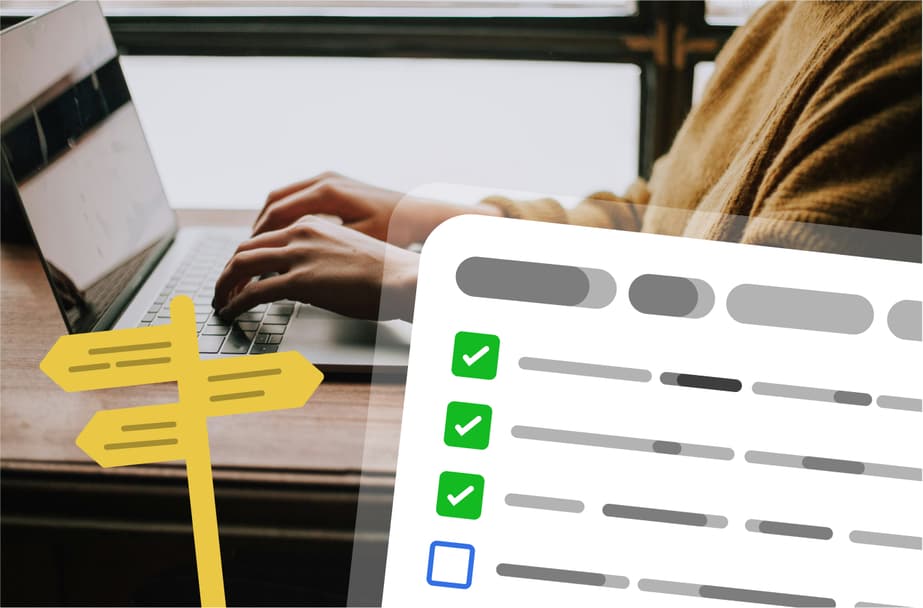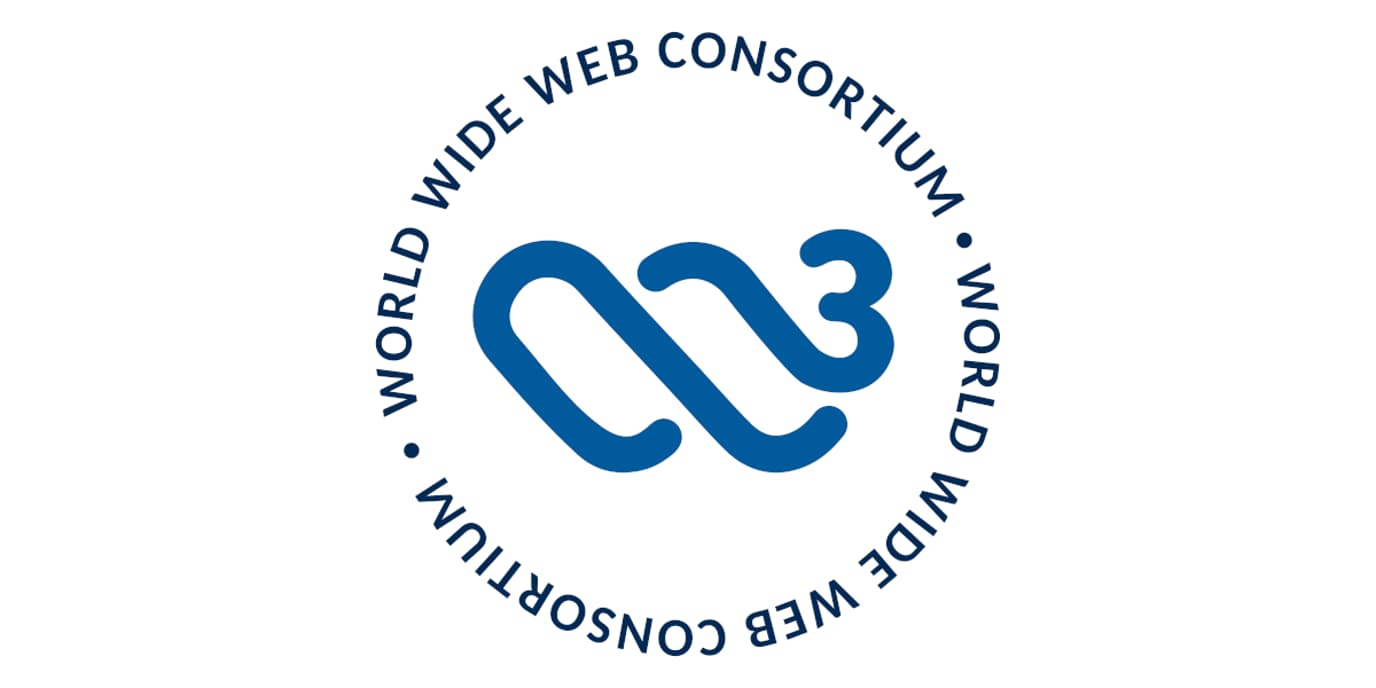When it comes to digital inclusivity, accessibility isn’t just a ‘nice-to-have’, it’s a necessity.

When it comes to digital inclusivity, accessibility isn’t just a ‘nice-to-have’, it’s a necessity. An accessibility website audit is the most effective first step to ensure your site can be used by everyone, regardless of ability.
What is an accessibility audit?
An accessibility audit is a detailed review of your website to identify barriers that may prevent users with disabilities from accessing content or interacting with features. It usually evaluates your site against recognised standards like the Web Content Accessibility Guidelines (WCAG) 2.2.
How our audits work
We combine manual and automated testing to ensure a thorough, practical review of your website’s accessibility.
- Manual testing – conducted by our accessibility expert who tests with screen readers, keyboard navigation, and assistive tech
- Automated testing – using tools to quickly highlight common issues such as missing alt text or poor contrast
What our audits typically check
- That images and videos have appropriate alt text and text alternatives
- How navigation works for keyboard users
- Colour contrast and visual hierarchy
- Semantic HTML structure
- ARIA roles and labels
- Form field labelling and error handling
- Responsive design and zoom support
- Buttons, links and interactive elements are clear and useable
What you’ll receive after an audit
After a full website audit, you will receive a detailed report with a breakdown of problems, why they matter, and how to fix them. We also prioritise our recommendations, so you can tackle the most critical or high-impact issues first.
Why they’re worth it
Improve user experience: accessible websites are more intuitive, faster to navigate, and easier for everyone to use, not just disabled users.
Legal compliance: many countries have legislation requiring digital accessibility (e.g. the Equality Act 2010 in the UK, ADA in the US or European Accessibility Act in the European Union). An audit reduces the risk of complaints or litigation.
SEO benefits: search engines value structured content, fast-loading pages, and semantic HTML, all of which align with accessibility best practices.
Larger audience reach: 1 in 5 people in the UK has a disability. Optimising for accessibility ensures you’re not unintentionally excluding a significant part of your audience.
Brand reputation: prioritising accessibility shows your organisation values inclusivity and ethical design, boosting trust and reputation.
Final thoughts
An accessibility website audit isn’t just a box-ticking exercise, it’s a chance to make your digital presence better for everyone. Whether you’re improving an existing site or planning a new one, accessibility should be part of the process from day one.





